Plants with thorns may not sound very appealing, yet it consists of some of the loveliest species around homes and gardens; it might be what you need. For instance, before the advent of electronic security systems, thorny plants were biological wires for protection.
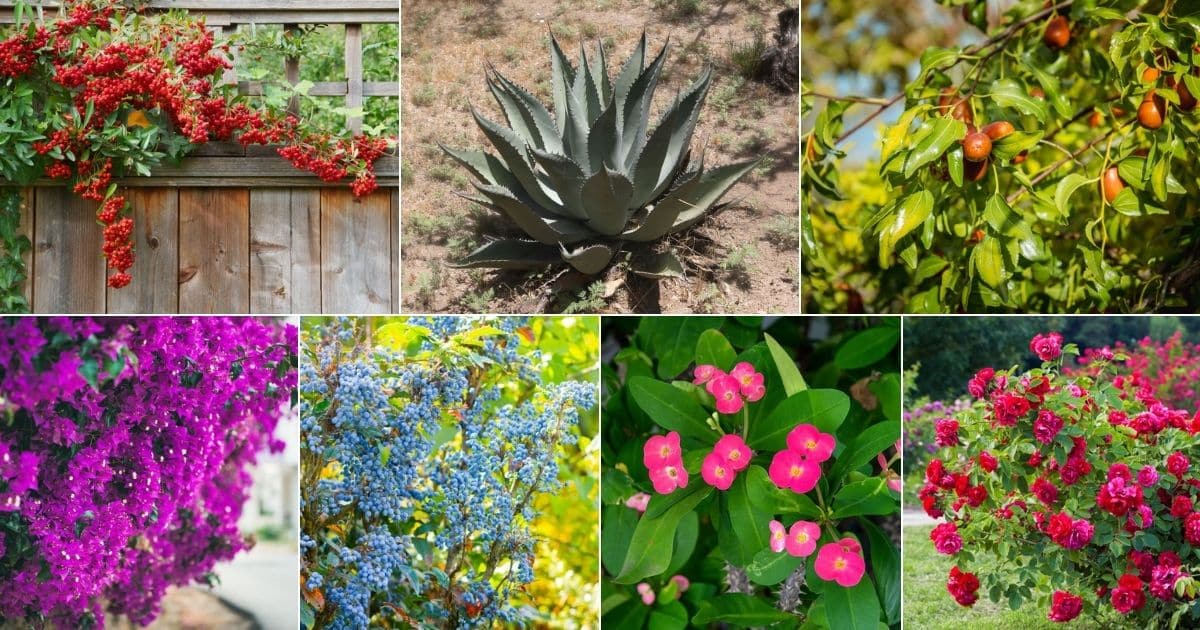
Hedges with thorny bushes and shrubs secure homesteads from penetrating intruders or marauding strangers. Some people also use plants with thorns as livestock enclosures.
Apart from tactical defensive purposes, these plants trick themselves out with delicate flowers in spring and beautiful berries during fall. Read on to see the popular plants with thorns.
Jump to:
- Most Popular Plants with Thorns
- 1. Century Plant 'Agave' (Agave americana)
- 2. Acacia
- 3. Holly
- 4. Hawthorn
- 5. Blackberry (R. fruticosus)
- 6. Barrel Cactus
- 7. Blackthorn (Prunus spinsoa)
- 8. Bougainvillea
- 9. Crown of Thorns (Euphorbia)
- 10. Locust
- 11. Natal Plum (Carissa marcocarpa)
- 12. Firethorn (Pyracantha)
- 13. Oregon Grape (Mahonia)
- 14. Porcupine Tomato (solanum)
- 15. California Fuchsia (Ribes speciosum)
- 16. Chinese Jujube Tree (Ziziphus jujuba)
- 17. Jumping Cactus (Cholla cactus)
- 18. Rose
- 19. Silverthorn (Eleagnus spp.)
- 20. Brambles (Rubus spp.)
- Conclusion
Most Popular Plants with Thorns
1. Century Plant 'Agave' (Agave americana)

Also known as the sentry plant, the century plant 'agave' is one of the most popular species of the Agave genus. It is native to Mexico and the southwestern U.S. and is a spiky slow-growing succulent that is perfect for gardeners around USDA Hardiness Zones 8 to 11.
Agave species thrive under enough sun and well-draining soil. It is a stubborn plant that can survive prolonged periods of dryness and is perfect for xeriscapes. You can quickly propagate this plant from suckers.
Meanwhile, the plant grows uprightly, featuring thick, spiny leaves with a nasty point on end. The plant can grow up to 3 to 4 feet long and 6 feet wide.
2. Acacia
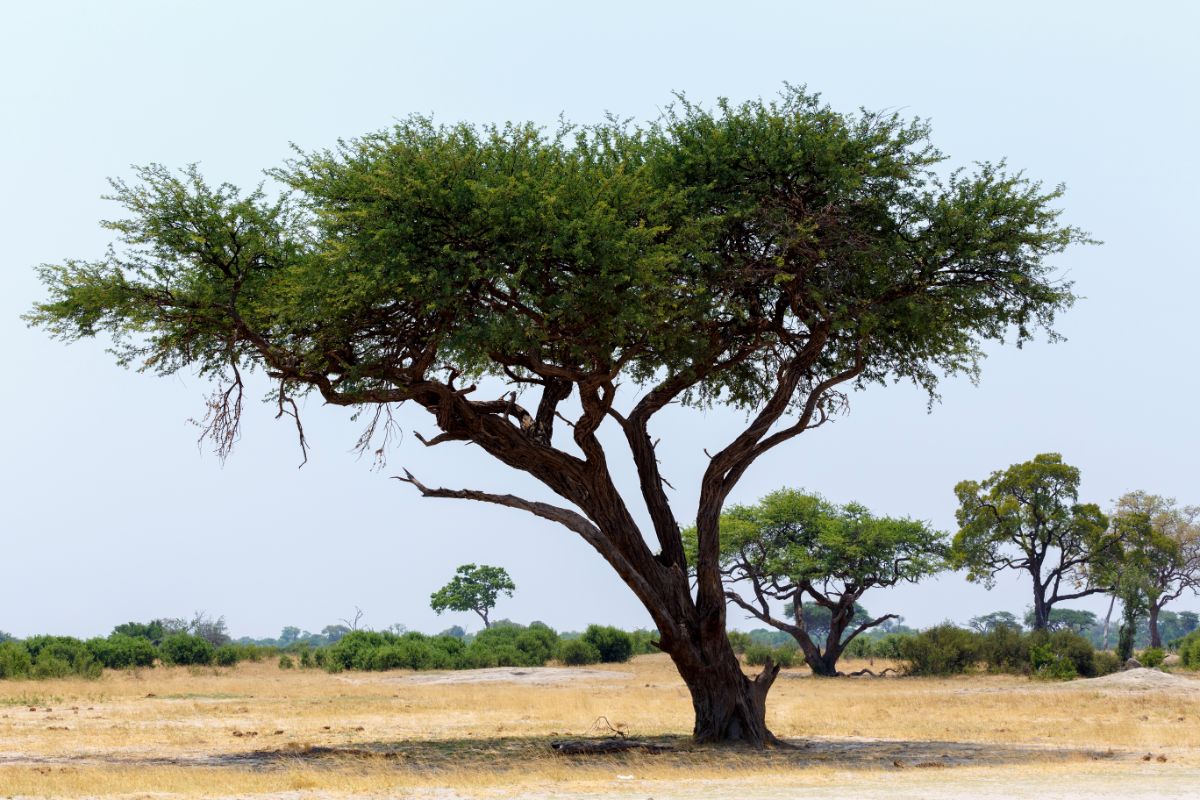
Acacia species are native to Australia, thanks to their hardy nature, which makes them survive in such a rugged land. However, it has continued spreading to some parts of Africa, particularly in Egypt, where its leaves are ground up to treat hemorrhoids.
However, the tree's branches are a feature of acacia that dishes out the most punishment. Its barbarous limbs feature curved prickles excelling at snagging and not letting go. Yet, several other Acacia species have a less-thorny attribute.
3. Holly
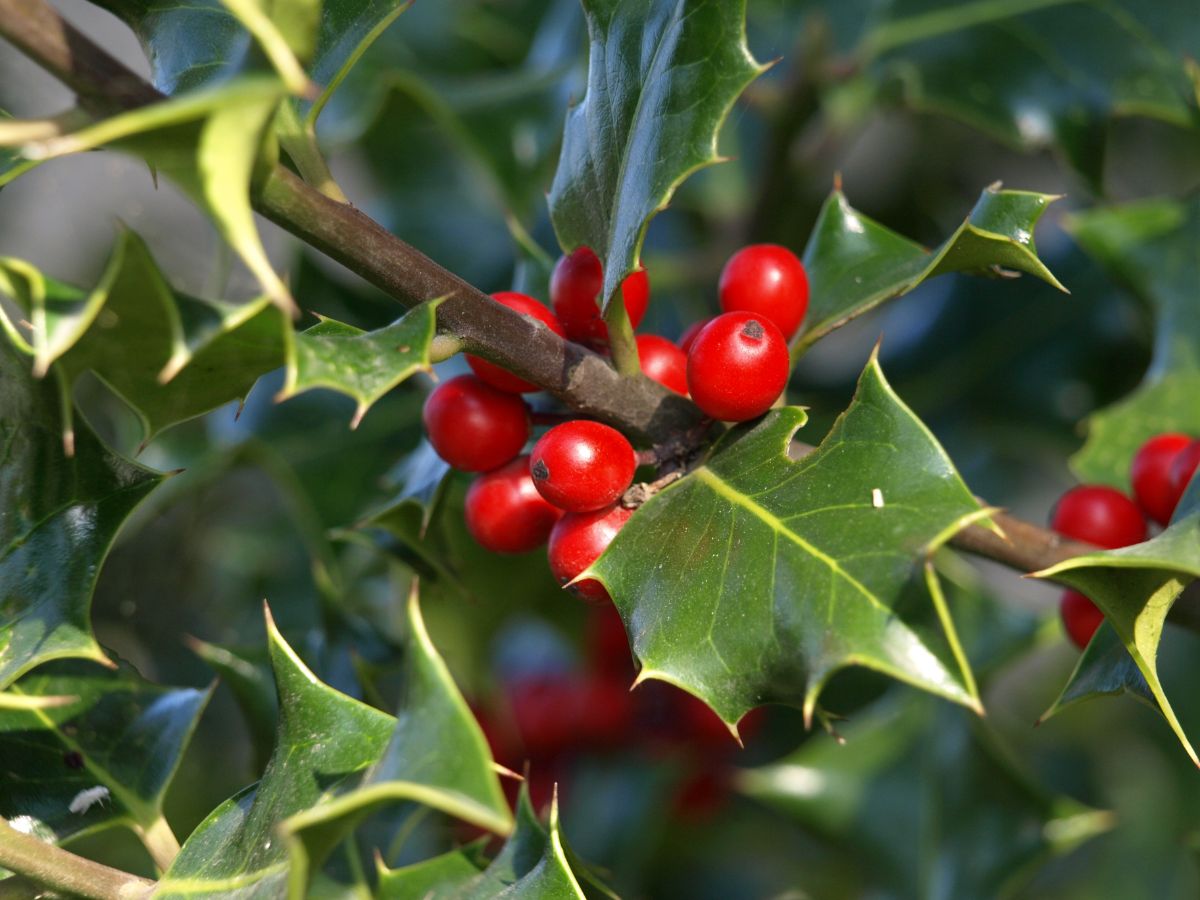
The Holly specie is a plant with a thorn that can thrive in full sun and grow well in acidic soil. Most gardeners confuse hollies with shrubs, but it only applies to specific cultivars. The American holly growing wild in the eastern U.S. can grow up to 50 feet or over and serve as a specimen tree or a tall hedge in home gardens.
4. Hawthorn
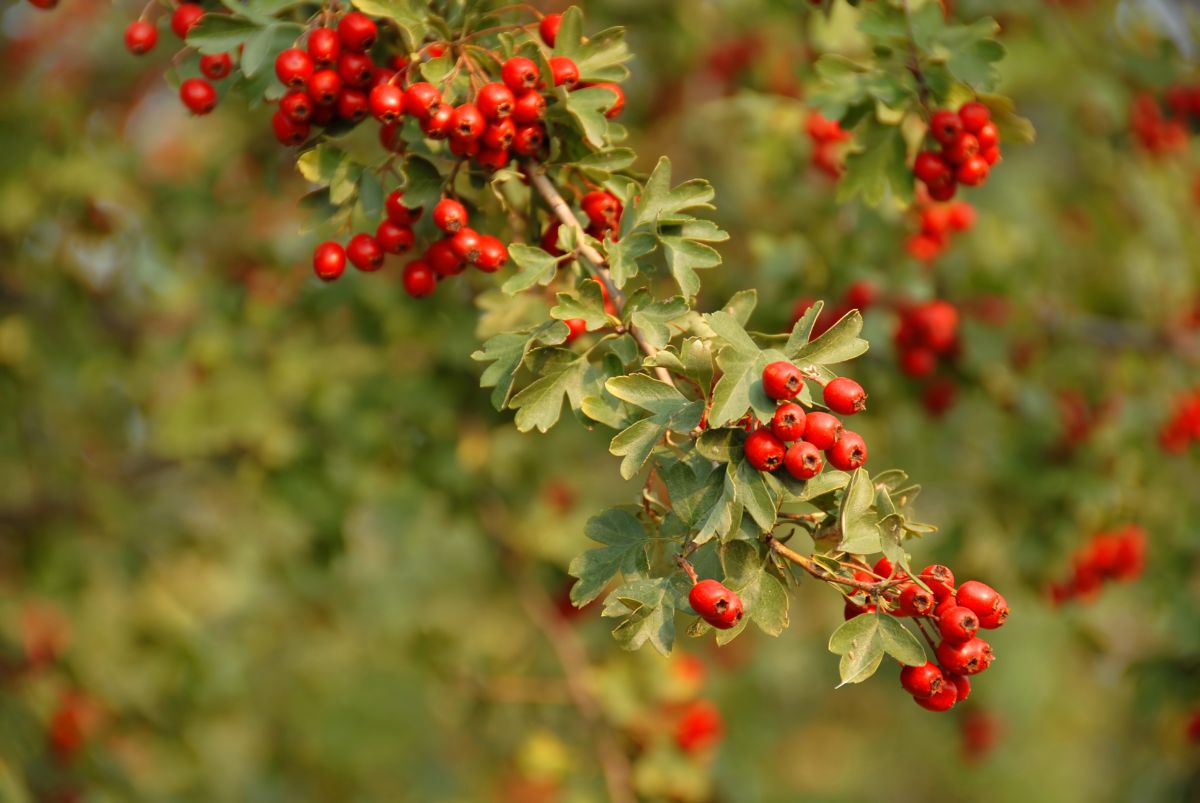
Hawthorn is another plant with thorns that have improved cultivars, which produces flowers and serves as a focal point in small spaces. It is a shrubby tree that can grow up to 12 to 50 feet in height, depending on the species, featuring thorns on the branches several inches in length.
The most exciting feature of the hawthorn is that it produces white blooms in early spring and red fruit, edible in several species like the mayhaw but bland in most others. It will be best to water the plant sufficiently and use average garden soil.
5. Blackberry (R. fruticosus)
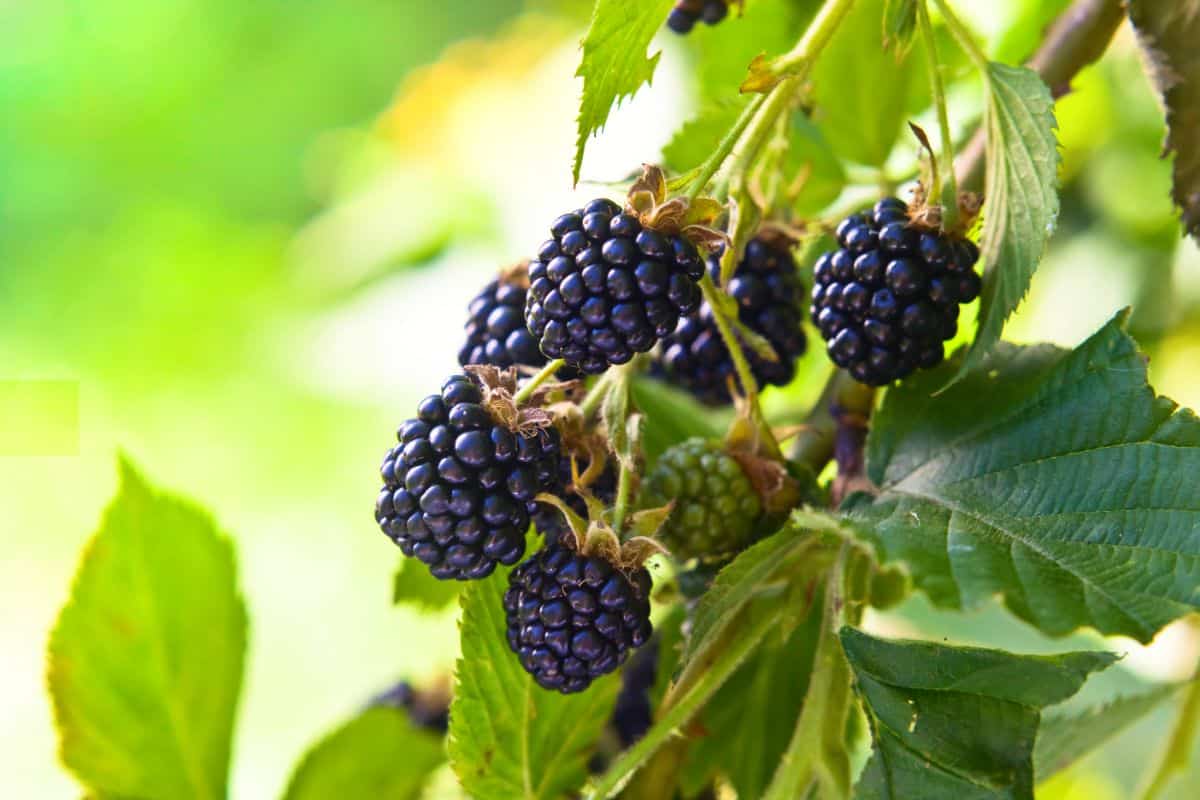
You can see the Blackberry plant as a disciplinary rose, featuring several canes and prickles without any bloom display.
However, the plant is a rapid-growing variety and can rapidly become twisted biomass of hurt. It can reach up to 5 feet tall and wide. Given their ability to grow quickly, you'll need to prune them diligently.
6. Barrel Cactus
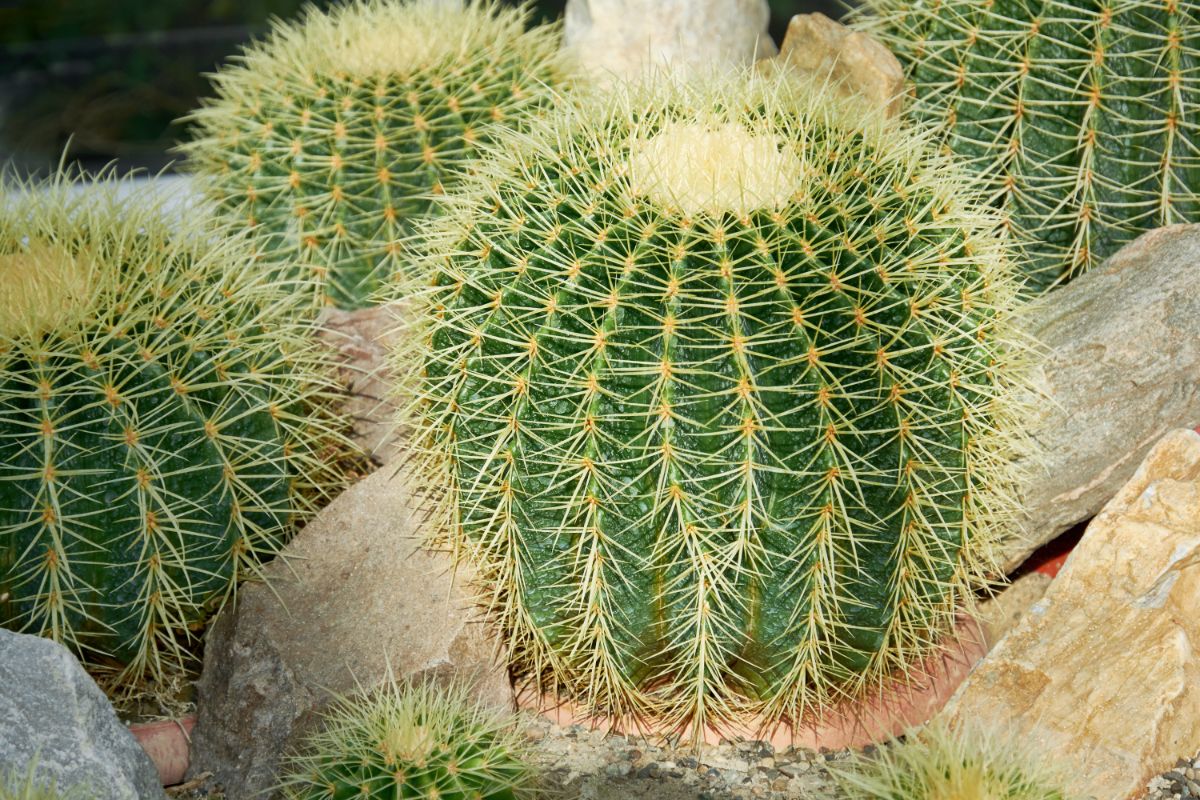
Add a little bit of subtlety to your defensive garden setting with the thorny barrel cactus. Also nicknamed mother-in-law's seat, this cacti plant has increasingly become the favorite of many gardeners.
It grows rounded, featuring vicious spikes from each rib and radiating from the barrel top downwards.
Hardy in zones 9 to 11, the barrel cactus serves two purposes: decorative and deterrent. Native to Mexico, the plant will do best in desert conditions and needs enough sun and little watering.
It can survive frost but not for a long time. In such a situation, you can be assured that nobody will sit on it; even my mother-in-law wouldn't dare.
7. Blackthorn (Prunus spinsoa)
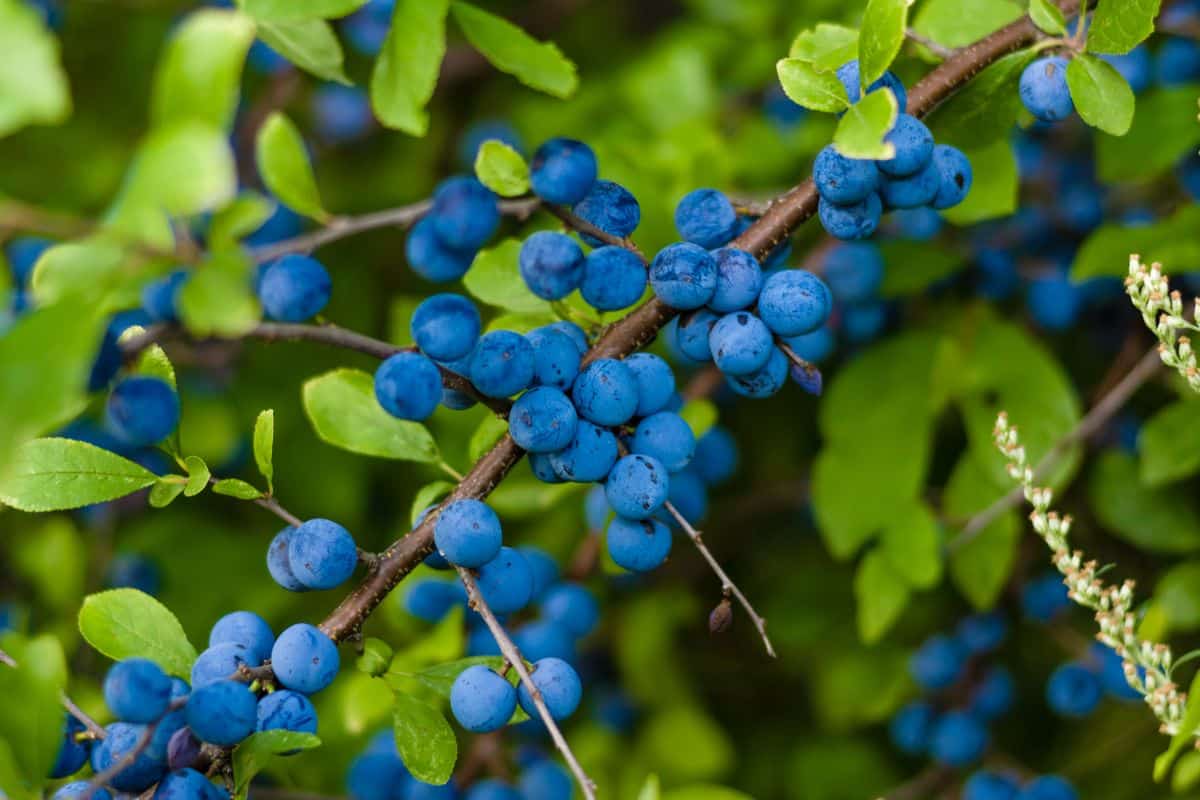
Scientifically called Prunus Spinosa, the blackthorn has continued to impress with its outstanding features. Its little dark berries, known as 'sloes,' are used for sloe gin making.
These berries are considered tart but with enough extra sugar, which will transform a bottle of gin into a tasty liqueur in time for Christmas.
Blackthorn can reach 10 feet tall and requires little pruning. However, collecting sloes is difficult, as they grow on a deciduous shrub alongside dense branches and wicked thorns.
Because of the large spikes on its dark bark, it can be very painful to reach through the branches for its lovely small berries.
8. Bougainvillea

Bougainvillea is a rapid-growing shrubby climber that can reach 40 feet long. The plant supports itself on nearby plants or structures with its thorny stems.
The plant produces a colorful display thanks to its large, papery bracts surrounding the tiny flowers. Be careful not to allow its sap to touch your skin.
9. Crown of Thorns (Euphorbia)
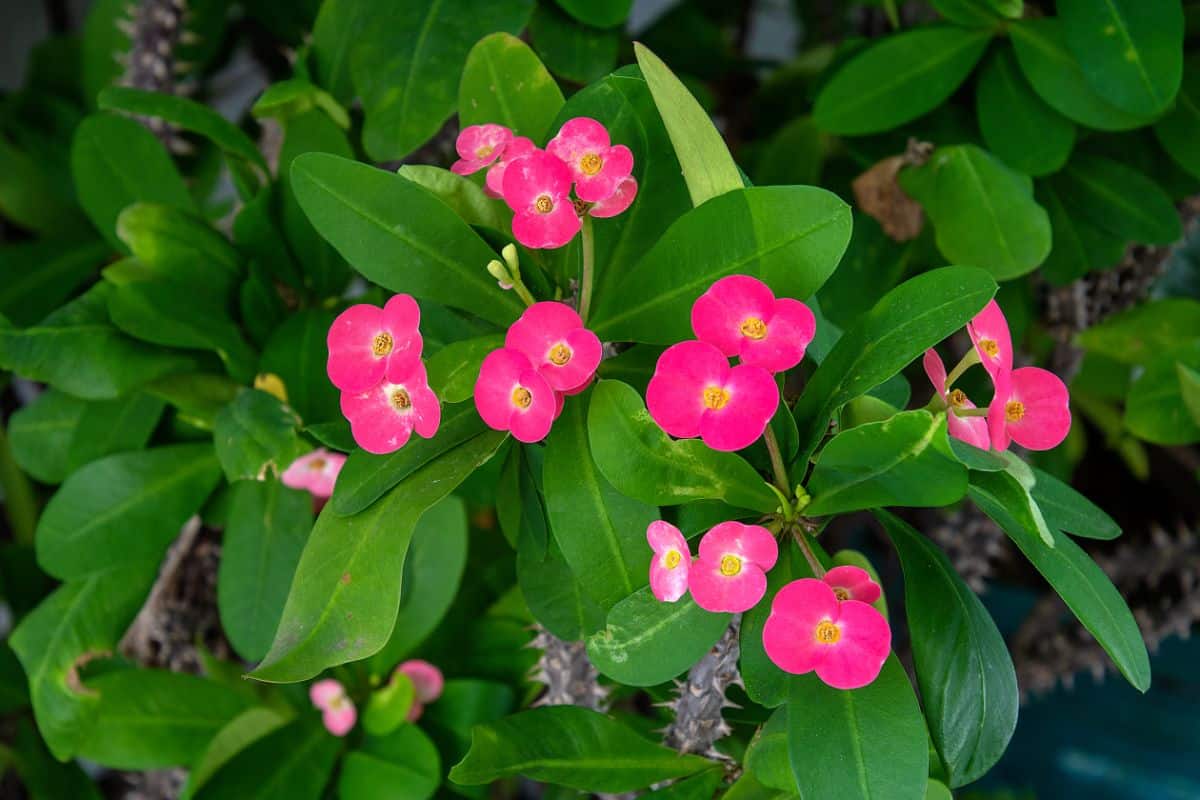
Crown of thorns is a proper name for any death metal album and reaches about 3 to 5 feet tall, sending heavily armed branches in every direction. Significantly native to Madagascar, the crown of thorns often requires support and relies on other plants or fences to steady itself.
In front of the insidious matrix of thorns underneath lies gorgeous crimson summer flowers. Most people believe the corn of thorns was the infamous plant weaved to be placed on Jesus' head. Its sap is toxic and can irritate when it touches the skin.
10. Locust
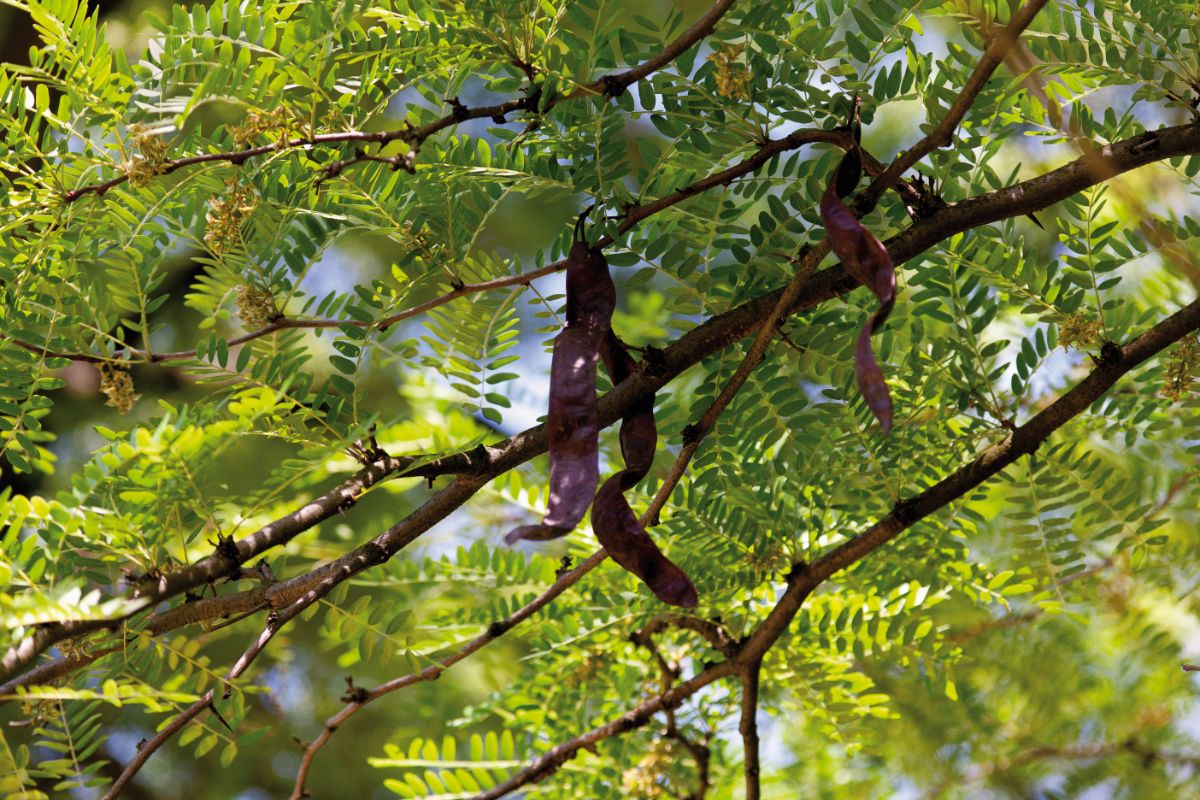
Locust plants have two trees that bear similar names, and both are filled with thorns. They are called black and honey locusts.
They can grow pretty significant and reach about 100 feet tall. However, the black locust is relatively narrow, while the honey variety can achieve the same level of its height.
The branches are surrounded by thorns even though they are sometimes seen on the trunk of young trees down to ground level.
However, even with their thorns, you can use the locusts as shade trees. These trees are stubborn and can adapt to various conditions, including modest soils with minimal irrigation once established.
11. Natal Plum (Carissa marcocarpa)
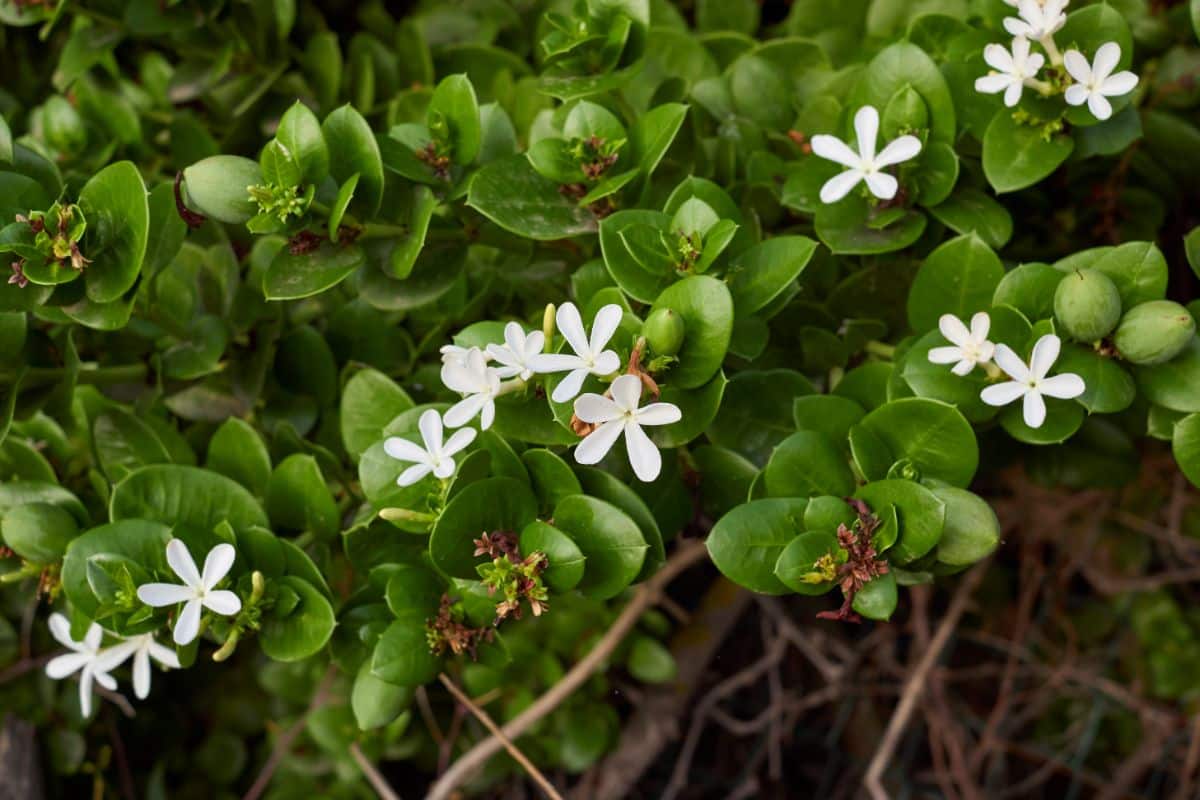
Are you looking for a hardy, drought-tolerant barrier shrub that can produce evergreen foliage and edible fruit? It would be best if you did not look past natal plum.
It features lovely scented white, star-shaped blooms that flower all year and later grows reddish plum-like fruits that taste like a cranberry.
In zones 9 to 10, the natal plum can reach about 20 feet tall and does best in a sunny spot and well-drained soil. Meanwhile, it grows two-inch forked thorns along branches surrounded by glossy green foliage exuding poisonous white sap if broken.
12. Firethorn (Pyracantha)
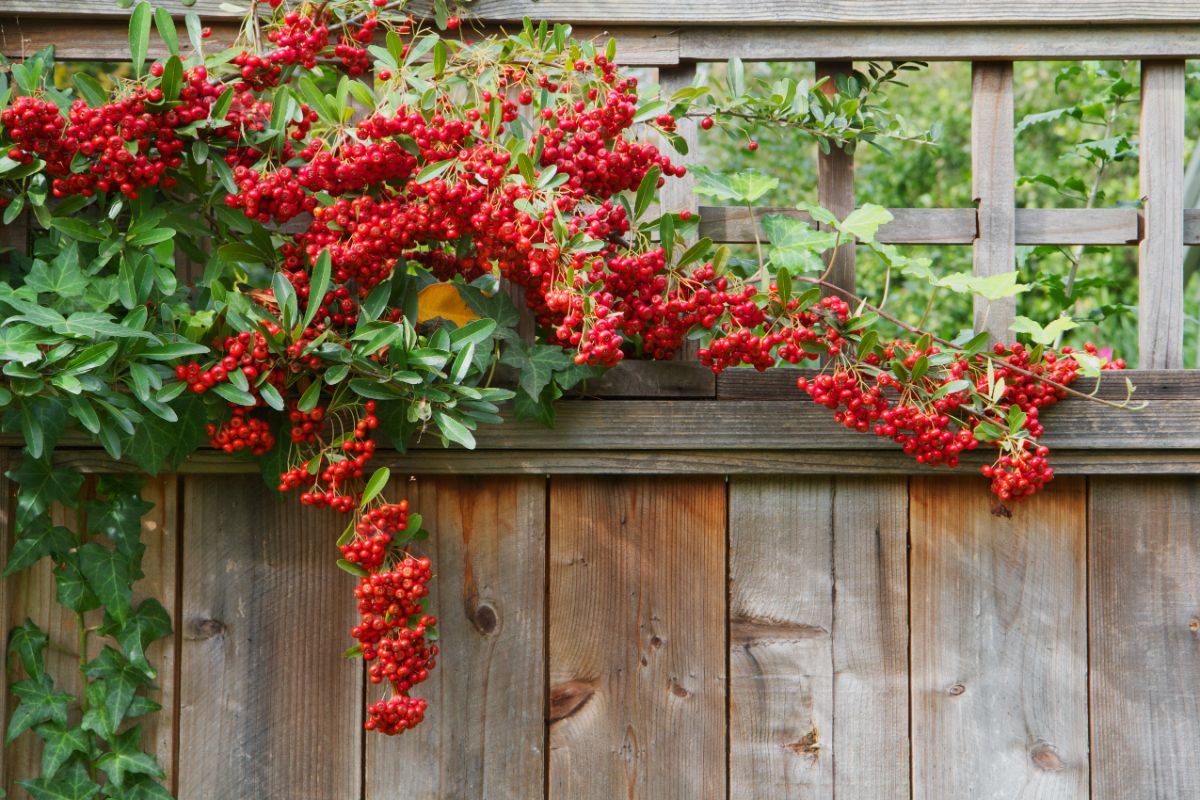
Pyracantha is an ornamental shrub featuring evergreen foliage and showy red berries persisting through the winter season. Though it is commonly called firethorn, it doesn't mean it is as devilish. Quite simply!!! This plant can survive in severe heat and reach 6 to 12 feet tall.
If the plant must make an impenetrable hedge, you must provide it with drought and poor soils. They can be amenable as a formal hedge, hence keeping them below 5 feet tall, which makes them look better.
Ensure you wear heavy leather gloves while pruning to avoid getting injured by sharp thorns covering every stem.
13. Oregon Grape (Mahonia)
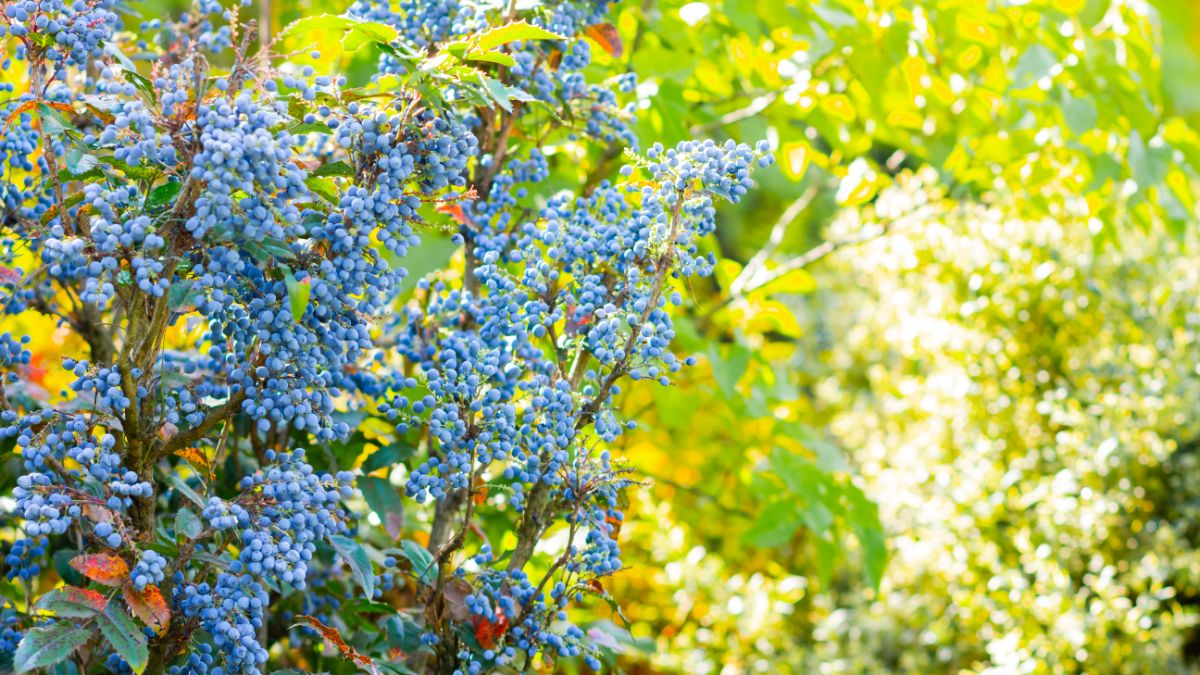
Mahonia may feature showy evergreen leaves but don't allow that bright foliage to fool you. Each of its waxy leaves is covered by Lilliputian spines that can easily pierce into clothing, leather inclusive.
The Oregon grape grows dense foliage shaped into a hedge, yet, at least its clusters of fresh blue-black berries are a late-season treat.
14. Porcupine Tomato (solanum)
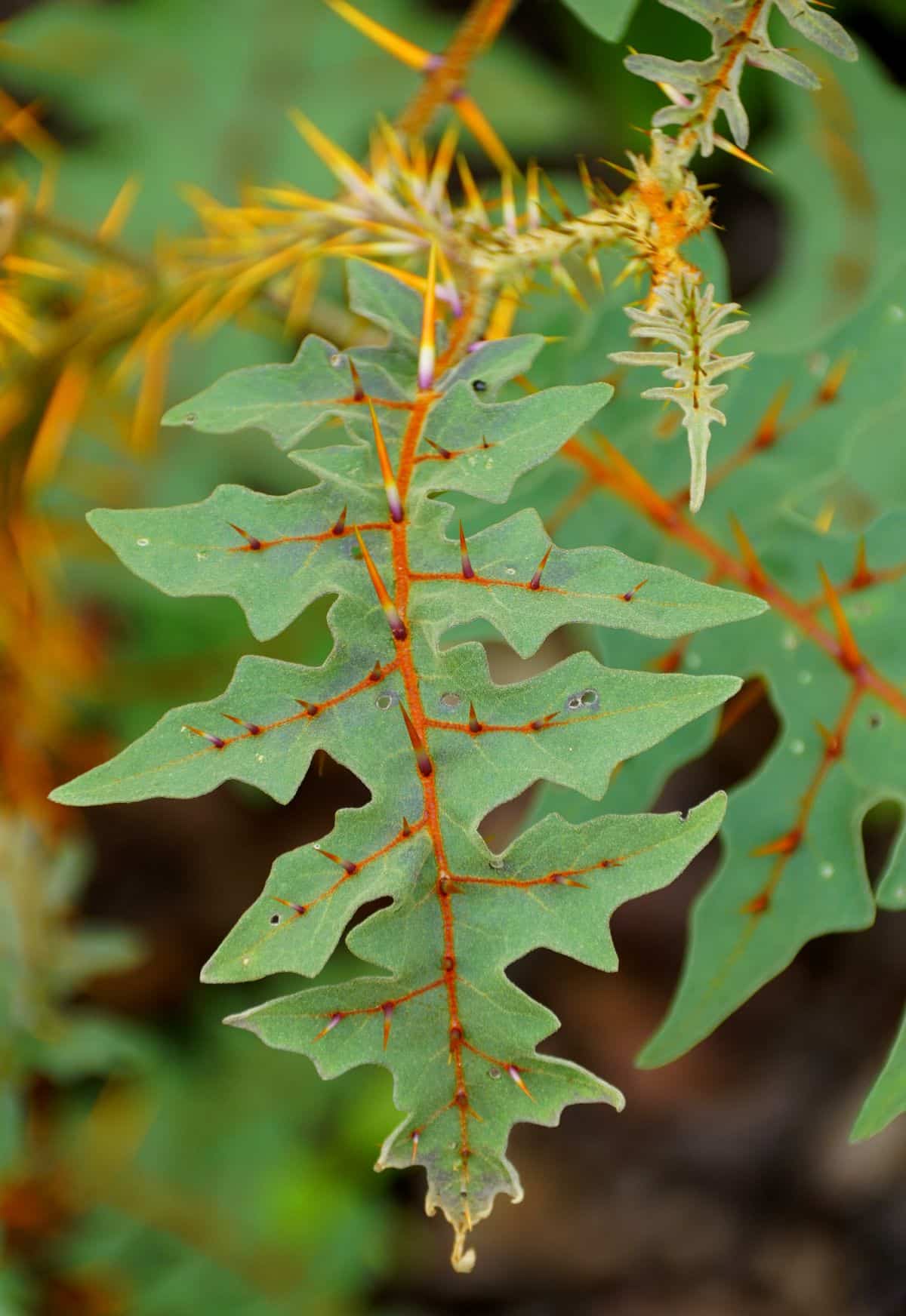
You will not find any shrub with a more aggressive-looking combo of leaves and stems than a porcupine tomato.
Nicknamed the devil's thorn, the solanum is a hardy shrub that can reach 5 feet tall. Some varieties have a poisonous alkaloid that, if consumed, can result in severe sickness and even death.
15. California Fuchsia (Ribes speciosum)
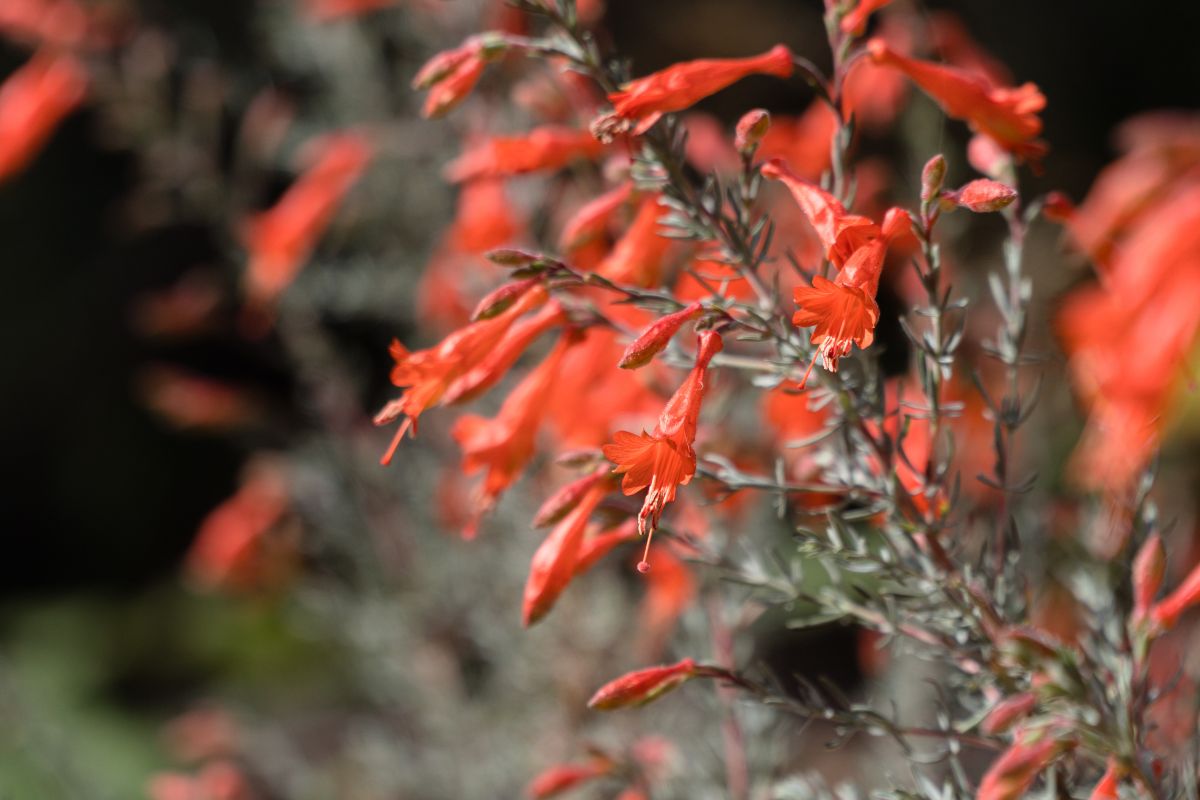
The California fuchsia is a deciduous shrub bursting forth with showy red blooms in the spring hanging downwards and resembling fuchsia, even though the plants are not of the same family. Also known as the fuchsia flowering gooseberry, the California fuchsia can reach 9 feet tall.
This shrub feature stems that are dominated by spines alongside three extensive protruding thorns at each stem node.
It does best in shade or partial shade spots and is tolerant to drought and evergreen, only losing its leaves in severe heat and extensive dry conditions. It is native to California and Baja California, hence the name, and is hardy in zones seven and over.
16. Chinese Jujube Tree (Ziziphus jujuba)

Are you a lover of defensive plantings that perform two functions and provide an edible yield? It will help if you look at the Chinese jujube tree.
Native to China, where they have been grown for more than 4,000 years, this plant is a small ornamental shrub that produces lots of fruit, most commonly called Chinese dates or Chinese pear.
In zones 5 to 11, the Chinese jujube is an easy-to-grow plant that thrives in well-draining soil and sunny areas.
Scientifically called Ziziphus jujuba, this unique thorny tree can reach an established height of 15 to 40 feet, depending on the cultivar. You can also prune it to keep a more compact size.
17. Jumping Cactus (Cholla cactus)

In discussing the jumping cactus, we'll be using desert wood rats (pack rats) as an instance of what the cholla cactus can do. These rats build nests and have found remarkable ways of deterring unwanted intruders like Gila monsters, which can devastate a rodent family.
In regions where it is abundant, these pack rats tend to collect the sharp spiny stems of the cholla cactus. Then, they position them at the entrance to their nests as protection from these unwelcomed strangers.
However, collecting branches is not advisable, but a few gradually placed chollas will scare any potential intruder.
Native to desert regions of Mexico and the southeastern U.S., the Chola cactus is ideal for gardeners in zones eight and above.
It thrives in dry, arid conditions. In its mature state, it is easy to maintain and needs very little water to thrive. Overwatering can result in root rot and even kill the plant.
18. Rose
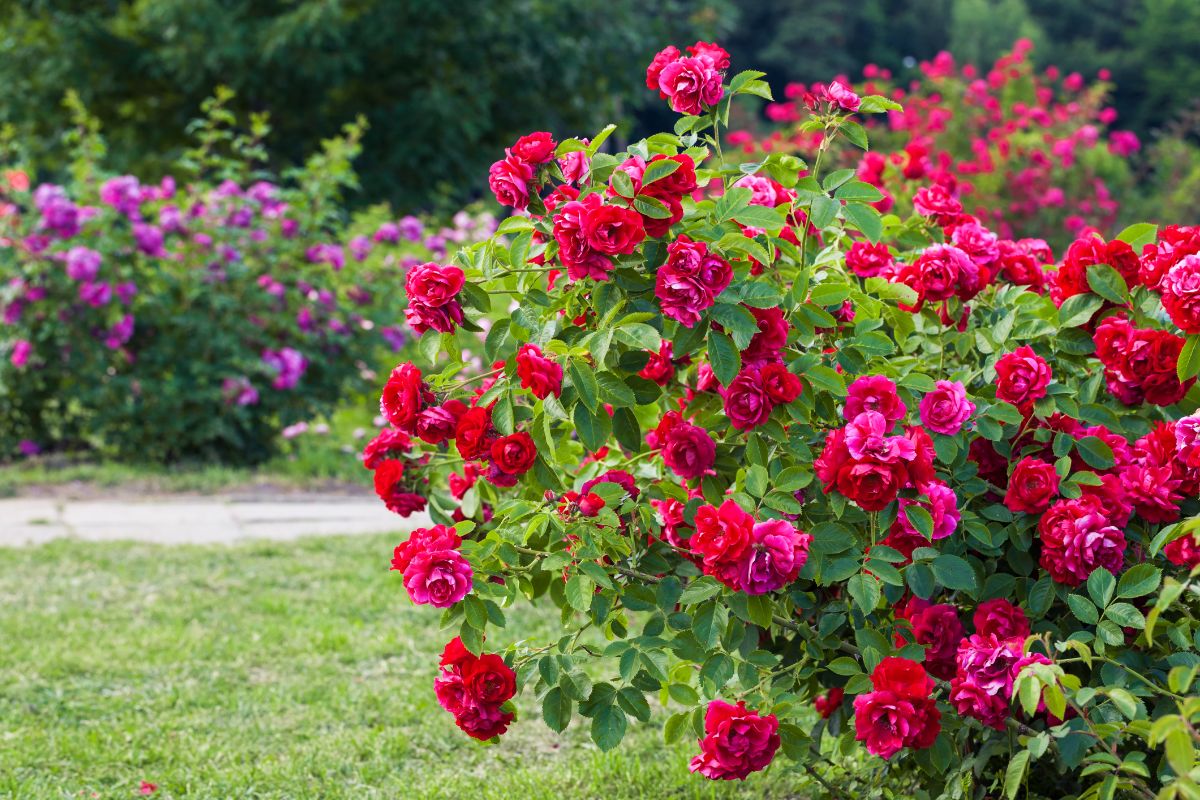
A rose could be likened to an ornery. Whichever variety you are growing, whether garden, climbing, or ground cover, you'll be sure of an attractive blooming plant with uninvadable thorns.
You may have initially experienced rose drawing blood, which the plants enjoy. Allow them to climb over fences, or add garden roses and ground cover to the sunny corners of your house.
19. Silverthorn (Eleagnus spp.)
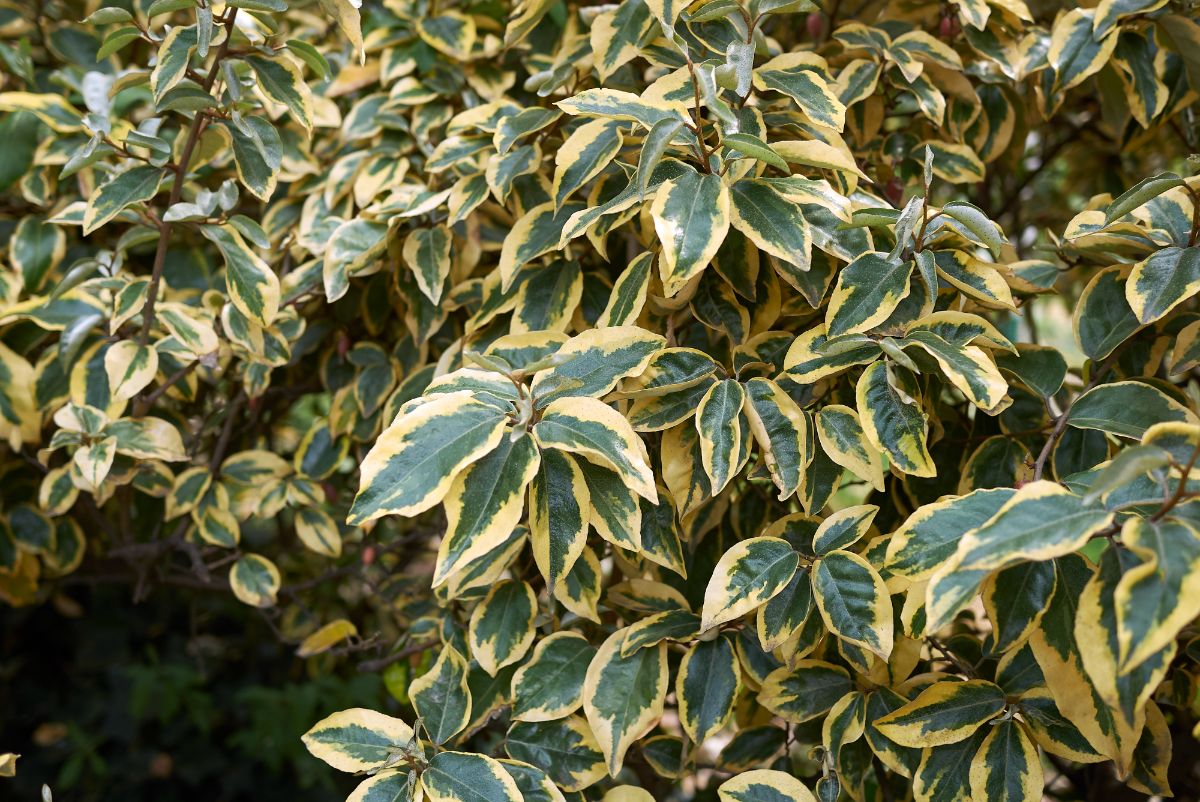
The Silverthorn is the only specie in the eleagnus genus that is popular for its thorns, standing up to 2 inches long and covering a more significant part of the plant's stems. It is a thorny evergreen shrub that can grow up to 15 feet tall and wide and, with pruning, can maintain any height.
It is considered among the most rapid-growing shrubs and tends to produce a head-high hedge in just two years of growth. Silverthorn does best in dry and infertile soil in the sun or shade. It can grow heavily produced without any fertilizer or care.
20. Brambles (Rubus spp.)

Brambles belong to the same family as raspberries, blackberries, and others from the rubus genus. Meanwhile, they are all plants whose stems are covered in thorns.
This plant thrives in full sun and can survive partial shade. It requires a support structure to prevent them from trailing across the ground. However, the plant still needs to produce edible fruit in mid-summer.
Conclusion
Your home is your sanctuary, and nature has blessed you with numerous options to keep you safe and protected. You can choose from any highlighted ones above to protect your home while giving it extra elegance.
Plants with thorns offer a more attractive option of protection than razor wire and are also almost as effective security-wise.




